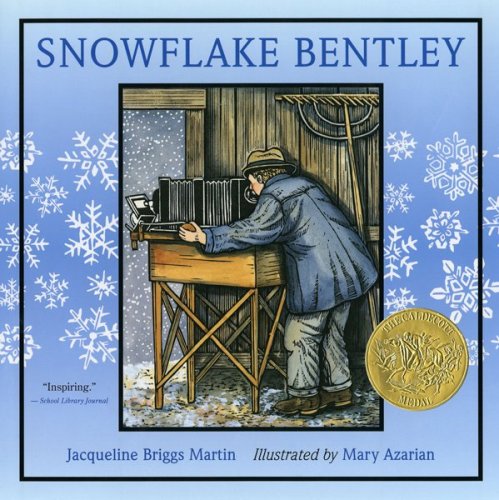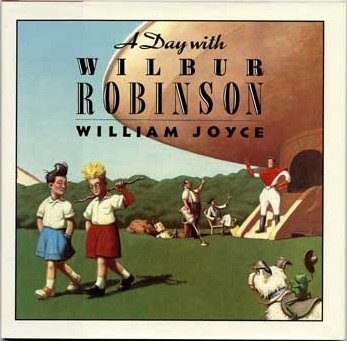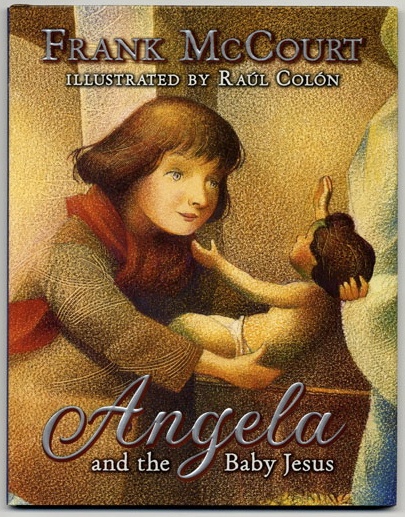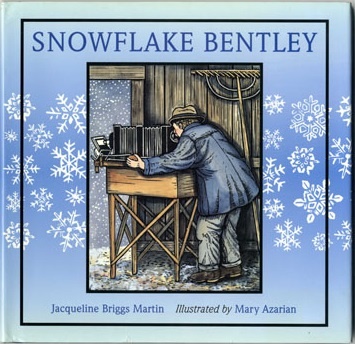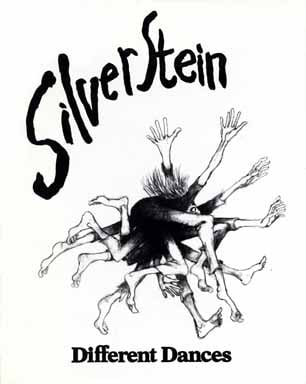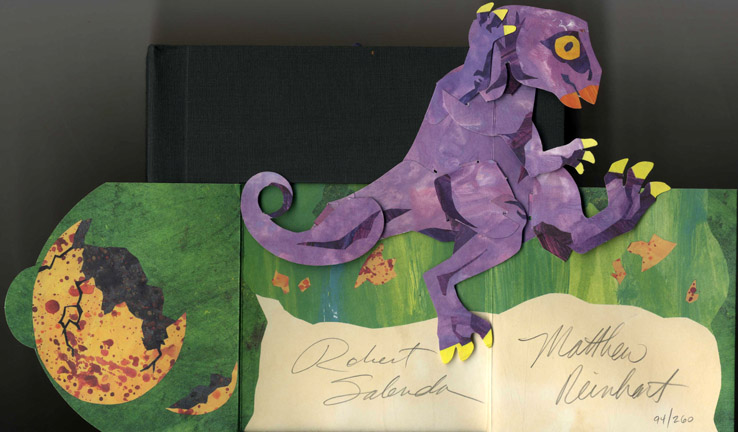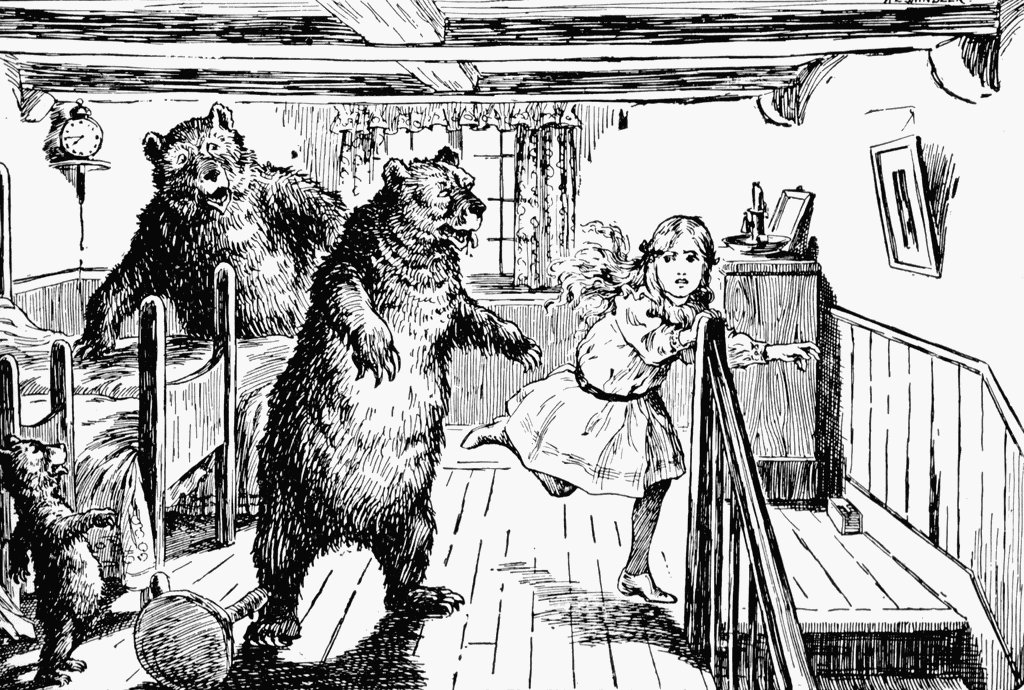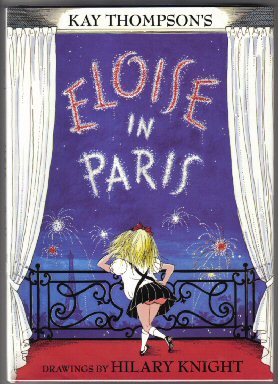A snapshot of 19th Century children’s literature and one of modern day children’s literature would make for a very interesting before-and-after photo. In the time before children’s lit giants like Dr. Seuss, Maurice Sendak, or Shel Silverstein, children’s literature often defaulted to mortality or cautionary tales designed to teach children the dangers of greed or gluttony—think of Grimm’s Fairy Tales, as their takes on Little Red Riding Hood and Beauty and the Beast are far afield from the Disney versions.
While these tales relied heavily on the use of irony, sardonic humor, grim imagery, and violence, forays into the sinister—particularly through the vehicle of deception—were commonplace as both thematic strains and devices to advance plot and character. Whether at the expense of the reader or the characters themselves, the use of sinister elements such as deception are most prominent in the following three classic examples of 19th Century children’s literature. Each removes the kid gloves when it comes to setting up expectations and then subverting those expectations for deeply-felt, visceral results.
Read more...





